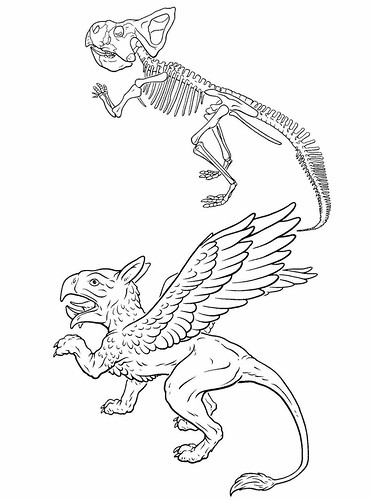Ever since I was young – from age five or six – I noticed how almost all of the certified heroes of society – their bronze forms on sturdy stone blocks – were male. Yet what I had failed to notice, until I read Marina Warner’s Monuments and Maidens: The Allegory of the Female Form, was how many female figures there are in public spaces. Yet almost none show “real women” (although of course there was some anonymous women to act as the – male – sculptor’s model, and often muse). Instead they are allegories: Victory, Justice, Charity and all of their sisters.
Warner says: “Although the absence of female symbols and a preponderance of male in a society frequently indicates a corresponding depreciation of women as a group and as individuals, the presence of female symbolism does not guarantee the opposite, as we can see from classical Athenian culture, with its subtly psychologized pantheon of goddesses and its secluded, unenfranchised women; or contemporary Catholic culture, with its pervasive and loving celebration of the Madonna coexisting alongside deep anxieties and disapproval of female emancipation.
“But a symbolized female presence both gives and takes value and meaning in relation to actual women, and contains the potential for affirmation not only of women themselves but of the general good they might represent and in which as half of humanity they are deeply implicated.” (p. xx)
I’m not so positive, but her exploration of the use and abuse of the female symbol is absolutely fascinating and her subversive exploration of the world of traditional myth truly enlightening.
I can’t in one post do justice to it all, but a few snippets.
* King Cecrops was asked to act as an arbiter between the quarrelling Olympian gods. Poseidon and Athena were vying for control of Athens, and having consulted an oracle he advised that every Athenian should vote for their preference. The result came out Athena’s way, because all of the women voted for her and they outnumbered the men.
In revenge, the other gods decreed that women should lose the right to vote, and were no longer to be known by their own name, but instead as “daughter of ….” or “wife of …”. He is also given credit for ruling that children should be understood as offspring of their fathers, creating the institution of marriage. Quoting Pierre Vidal-Naquet: “In Greek eyes, Crecops’ role here is that of a culture-hero, [who] brought the Athenians out of savagery into civilisation”. (p. 120)
Interesting how far the story of the pre-existing matriarchy goes back.
* There was a theory in Victorian times that the Odyssey was written by a women, because its approach was seen as unlike the “military ethic” of the Iliad.(p. 101.)
*Athena’s virginity ensures that Zeus can’t be overthrown, since only her son could do that. She did have a “child”, but one that was half-snake, because a would-be rapist ejaculated on her leg. (p.123). And we think moderns are mixed up about sexuality!
*Nike was the goddess of success, the embodiment of Athena in this form, without personal characteristics, but a separate cult for her developed in Hellenic times. (p. 128) She survived too into Christian times, as the Goddess Victory (with swanlike wings like Nike.)
“She appears in the emblem Sylvia Pankhurst designed in 1908 for Votes for Women, the weekly journal of the Women’s Social and Political Union, as a suffragette angel in green and purple and white, blowing a trumpet with the bannerette ‘Freedom’.” (p. 143) Haven’t seen that in any shoe adverts lately, however.
Anyway, this is a wonderful, complex, challenging but “un-put-downable” book. I couldn’t recommend it more highly.


 About
About